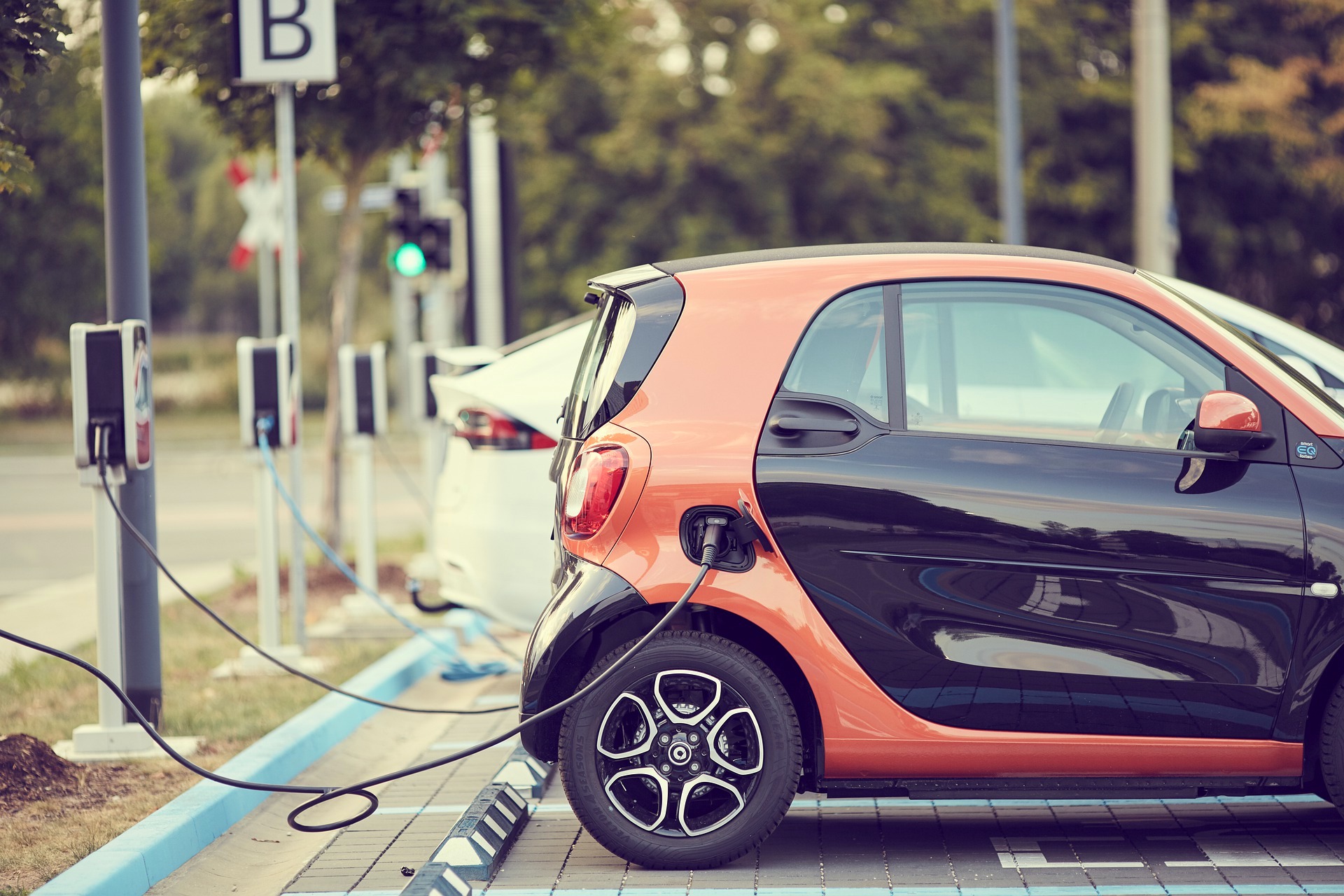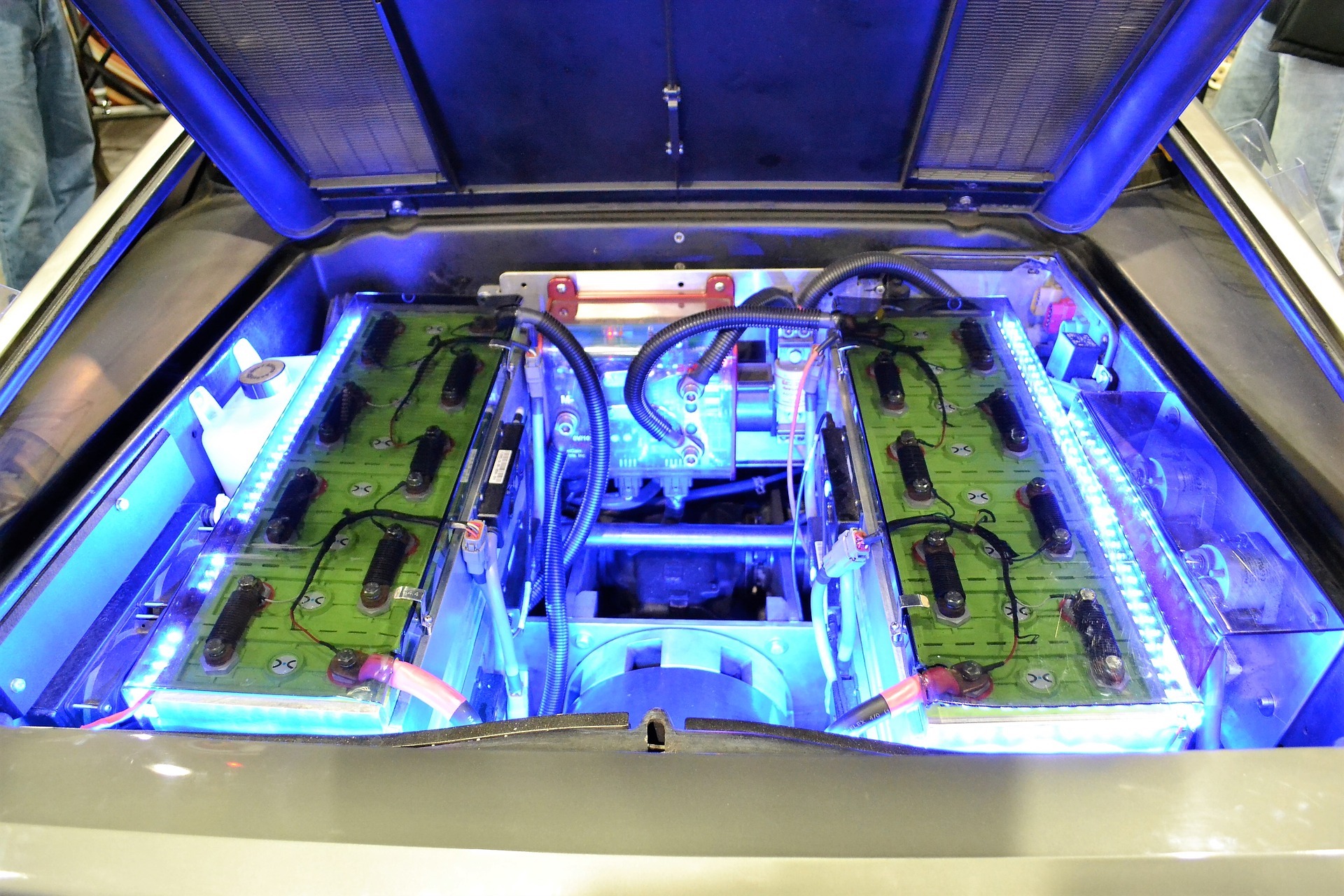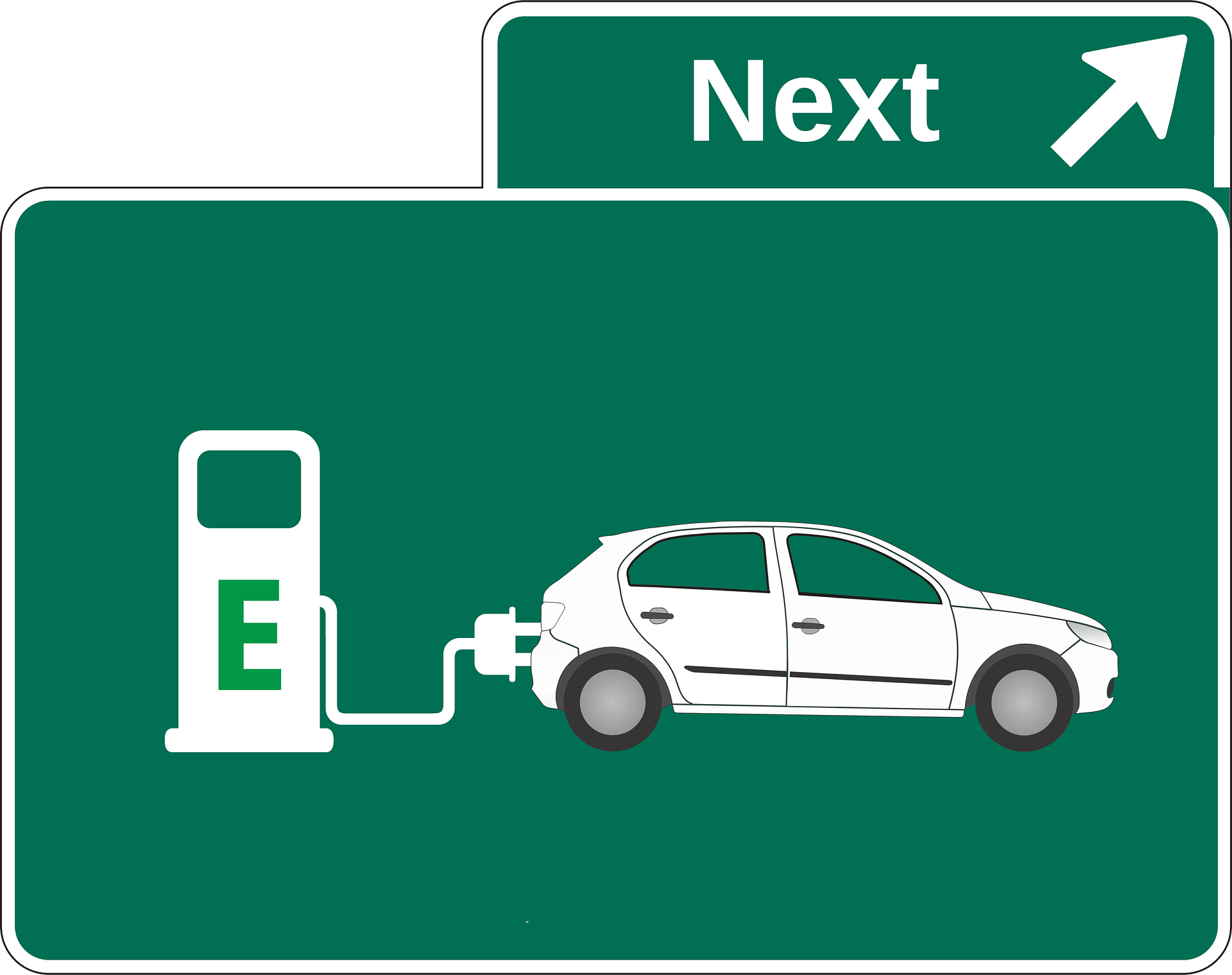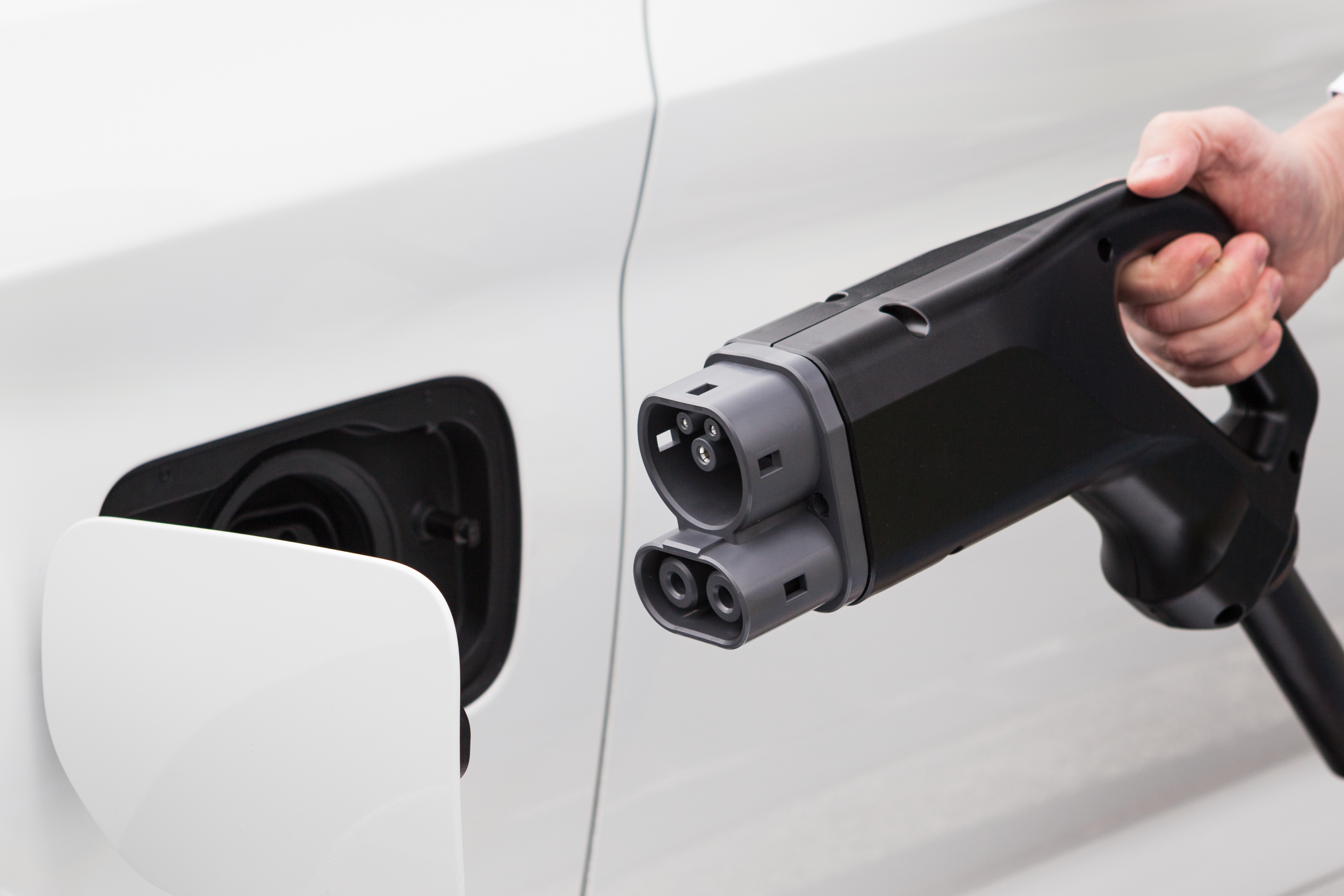Electric Vehicles Reach a Fork in the Road
Sales of electric vehicles are growing, but still account for only 2.1% of new car sales worldwide. What does the industry need to address to reach a tipping point for mass adoption?

Electric vehicles (EVs) are a popular theoretical choice but few countries are seeing the driving public’s enthusiasm converting into sales. The International Energy Agency (IEA) reports that the global electric car fleet grew by two million, to more than 5.1 million vehicles, in 2017–2018, with sales volumes led by China, Europe, and then the US.
In 2019, numbers are rising, however. In the UK, 17,000 EVs sold in the first half of the year, up 93% from 2018, and in August alone the country saw a 378% increase in EV car registrations. EVs still represent only 3.4% of the UK’s new car market, though. Australia reports EV sales figures for the first half of the year are 90% higher than for the same period in 2018. In California, EV sales are up 64% over 2018, with 51,750 EVs sold in the first six months of 2019.
Norway stands out as a country that leads the EV revolution. In 2018, 10,620 new passenger cars sold in Norway, of which 45% were all-electric. Adding in plug-in hybrid electric vehicles (PHEVs), makes that figure rise to around 60%. In comparison, Europe’s largest passenger car market is Germany, where sales of electric versions accounted for just 1.96% of new sales in 2018.
The Norway Model for Electric Vehicles
The Norway model for electric vehicles favors a carrot rather than stick approach for the choice of EVs over gas or diesel vehicles. In many places, EV drivers enjoy reduced or exempted road tolls and ferry crossing fares, pay no parking fees, enjoy free charging, and can even drive in bus lanes. There is also no purchase tax for EVs, whereas gas and diesel vehicle owners pay this and are also subject to a CO2 tax, nitrogen oxides (NOx) tax, and value-added tax (VAT), all of which offset the initial higher price of an EV compared with a gas or diesel version. Other countries in Europe are providing similar incentives but not in such a coordinated, nationwide approach.
Incentives for choosing zero- or low-emission vehicles, subsidies to bridge the price difference between internal combustion engine (ICE) and EVs, and support for deploying a comprehensive charging infrastructure all contribute to EV adoption. All are managed differently by various administrations and support different political agendas around the world. When the UK government stopped the $3,120 (£2,500) subsidy for PHEVs and reduced the subsidy for pure EVs from $5,618 (£4,500) to $4,370 (£3,500), there was an 11.8% year-on-year fall in sales. New incentives are now being considered as the country takes steps to reduce carbon emissions.
The automotive industry confines itself to tackling the present limitations of vehicle range, battery capacities, vehicle sizes, and cost reductions to encourage sales. The electronic content of these vehicles contributes to higher costs.

The high densities of electronic products in EVs and HEVs contributes to higher costs.
“Typically, the connector and wire cost is higher in electric vehicles compared with comparable combustion engine vehicles,” said Jussi Takaneva, general manager at JAE Europe. This is due to the high current and voltage requirements and thicker cables, he explains. The required battery voltage is around to 400–500V, which means that charging currents are typically 200–500A. To increase the charging current without allowing the charging cable to get hotter, a thicker cable is required, which uses more copper. “At this moment, the technical limitation is that the cable cannot be configured,” said Takaneva. “The physical limit of how heavy a cable can be for a person to operate is limiting the charging current.”
Generally, range is not an issue; in practice, few journeys or commutes are more than the 200-mile range of a single charge. The sticking point is that, typically, a 70–100kWhr battery is required, which can cost more than a typical family car. The industry is working on increasing battery efficiency and building new factories to reduce the price per kWh.
 Another issue is the planning needed to ensure a charging station is available, especially on longer journeys. Accessibility limitations at home, at work, and throughout a country’s road system could deter some potential EV adopters. Quick charging and high-power charging systems reduce the charging time to 30–60 minutes, depending on the battery size.
Another issue is the planning needed to ensure a charging station is available, especially on longer journeys. Accessibility limitations at home, at work, and throughout a country’s road system could deter some potential EV adopters. Quick charging and high-power charging systems reduce the charging time to 30–60 minutes, depending on the battery size.
A coordinated effort is required between planners, local regions, and central government. The UK government has announced an $87 million ( £70m) plan to double the number of rapid charging stations in the UK by 2024. There are 9,500 public chargers today, but less than 20% are rapid charging.
Encouraging EV Innovation
In tandem with battery and automotive manufacturers, the connector industry is working on new, reliable solutions, and as volumes increase, prices are expected to drop. To help manufacturers access parts for rapid prototyping to advance EV development, TTI Inc. has announced that it will stock high-voltage pigtail assemblies. The high-voltage connectors are supplied with 6m of high-voltage cable with a blunt, cut end. The new stock includes the Amphenol PCD HVSL 1200 and Amphenol ATPI Power Lok 300 two-pole, straight and right-angle connectors, the Kostal KHV 600, Aptiv HV 2000, TE Connectivity HVA280, and Aptiv HV 280 connectors.

Gabe Osorio at TTI says the company’s high-voltage program will help accelerate prototyping for automotive technologies.
“Having these assemblies available off-the-shelf will allow customers working on the electrification of vehicles to have immediate and just-in-time access for rapid prototype and sample build needs,” said Gabe Osorio, sales engineer at TTI, Transportation Business Unit.
The program, active now in North America and Europe, speeds up the prototype cycle for EV OEMs, enabling them to perform more tests and to test products more quickly, reducing the time-to-market for new innovations.
“The problem is the lead time of both the connector components and the high-voltage cable,” explained Osorio. By stocking EV/HEV connector components and partnering with an assembly house, the distributor aims to eliminate the long lead times and provide next-day delivery.
EV connectors are typically sealed to IP67 or higher, rated for up to 1,000+V and up to 350A, and well suited for use in various commercial vehicle, automotive, and transportation designs.

“There are physical limitations to today’s cable configuration,” said JAE Europe’s Jussi Takaneva.
EV Connector Design
Connector design is evolving with the industry. “For us, it is finding the right weight and cost for the reliability,” said Takaneva. “It is better to have one solution that meets different temperature ranges rather than supply different products to different regions.” To save weight, metal is being replaced with plastics, although these products might not be so robust, he warned.
“There are certain functional requirements, like the number of mating cycles and drop-and- impact durability, as well as resilience under environmental conditions, such as temperature and humidity,” that must be met, said Takaneva. Lighter, more robust connectors, or those with isolated contacts, minimize risk.
EV Charging Connectors
“JAE is developing new connector and harness products for both electric vehicles and for the charging infrastructure. We are not only improving the electrical characteristics, but also improving the usability and reliability,” said Takaneva. For example, lighter and more weatherproof connectors can be employed for charging in rainy conditions or in the extreme cold.

The KW04 quick-charging EV battery connector from JAE features advanced serviceability and industrial-grade weather-proof technologies.
“The power rating of the charging is dependent on the temperature,” he explained. “The capacities might be different at -40°C than when it is really hot, where there might be some overheating issues for the vehicle. It is usually harsh conditions, say water or snow, that cause more trouble.”
At the Electric Vehicle Symposium (EVS 32) in Lyon, France, JAE introduced the KW04 quick-charging connector to address charging station reliability. It has a very robust structure to withstand drop impact damage. “It is rethinking the connector concept. Contacts have been double-insulated so even if the outer cover has cracks or holes, it is still fully functional, because the inside is fully waterproof,” said Takaneva. The material is robust to protect against rain, sun, UV radiation, and impact.
There are still some obstacles preventing a clear run for the mass adoption of electric vehicles but the industry is working towards volume quantities and new connector solutions aimed at making EVs more affordable, practical, reliable and — ultimately — ubiquitous.
Like this article? Check out our other market update, e-mobility, and electric car articles, our 2019 Article Archive, and our Automotive Market Page.
- Matter: A Show of Unity for Connectivity - September 5, 2023
- Brexit Update: UK Connector Industry - March 28, 2023
- Sensors Make it Plain Sailing for a Smart Ferry - February 21, 2023





